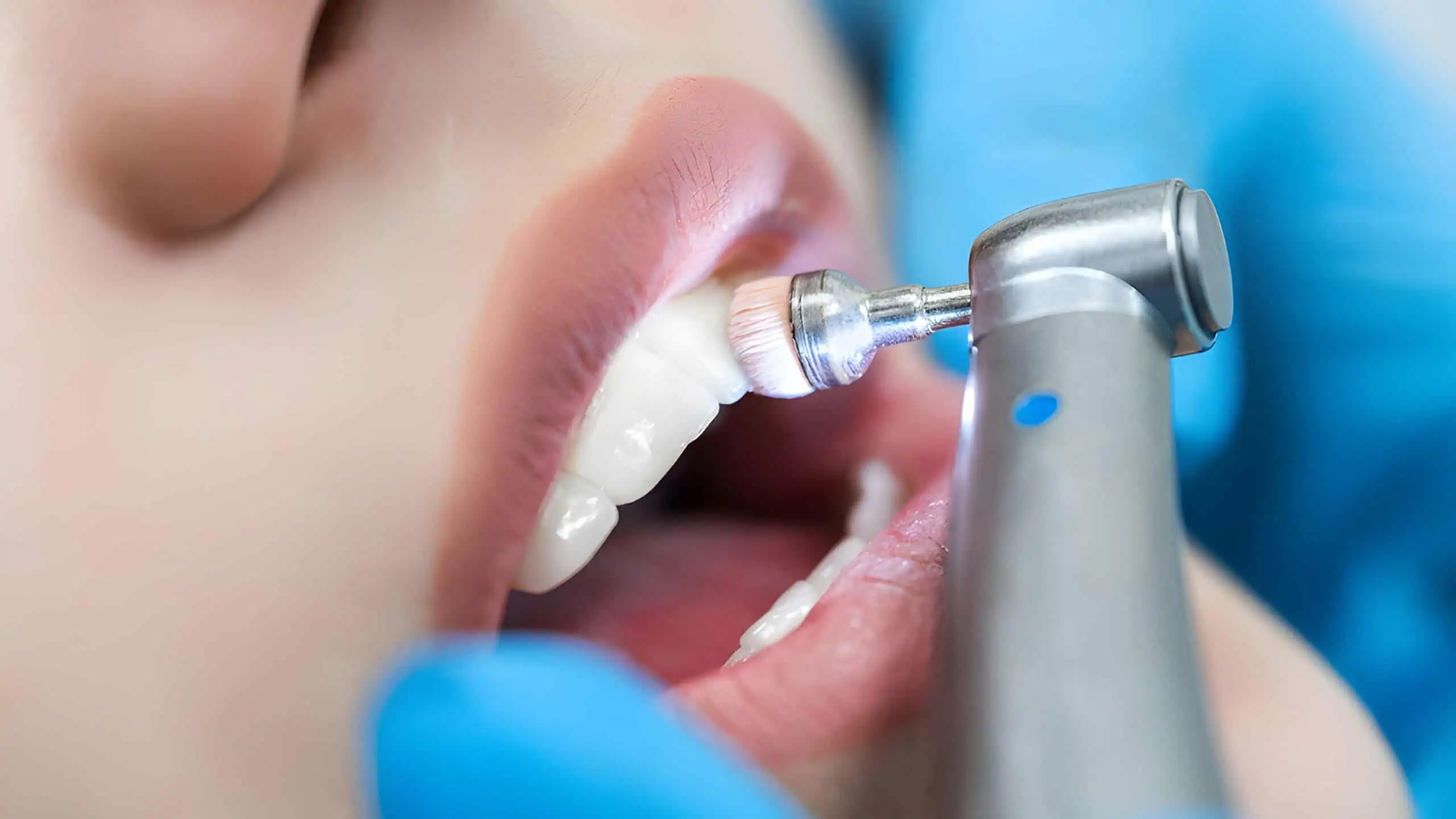
You arrive at the dental office, give your name, and confirm your details. A hygienist greets you. They may ask about recent medical changes or new medications. This information matters. Some conditions influence gum health or bleeding risk. The appointment usually begins with a simple check-in, not a procedure.
X-rays might be taken if you haven’t had them recently
Depending on how long it’s been, the hygienist may take X-rays. These show what the eyes can’t see. Bone loss. Hidden decay. Impacted teeth. It’s not just about current pain. It’s about what’s forming silently. X-rays might be taken if you haven’t had them recently—especially if your last set was over a year ago.
The hygienist will examine your gums for early disease signs
Next, the hygienist uses a small probe to measure your gum pockets. Healthy gums are firm and pink. Deep pockets may indicate gingivitis or early periodontitis. Bleeding during this exam can reveal inflammation. The hygienist will examine your gums for early disease signs—not just clean what’s visible.
Plaque and tartar are removed using handheld tools or ultrasonic scalers
Plaque builds daily, but tartar is hardened and needs removal. Hygienists use small hand tools or high-frequency ultrasonic scalers. You might hear clicking or feel light pressure. It’s not painful, but it can be strange. Plaque and tartar are removed using handheld tools or ultrasonic scalers—especially behind teeth and near gums.
You’ll hear scraping, but it shouldn’t be painful
Many people expect pain during cleaning. But it’s usually just noise. The scraper touches only the surface. If your gums are sensitive, you might feel discomfort—but not sharp pain. You’ll hear scraping, but it shouldn’t be painful. If it is, tell the hygienist immediately.
Stubborn stains may be polished away with gritty toothpaste
After tartar removal, the hygienist polishes your teeth. This isn’t regular brushing. It uses gritty prophy paste and a rotating rubber cup. Stains from coffee, tea, or smoking fade with this step. Stubborn stains may be polished away with gritty toothpaste, leaving your teeth smoother.
Flossing between every tooth checks for hidden debris
Hygienists don’t skip flossing. They use it to clean between teeth and check for bleeding. It also reveals tight spaces or gum problems. Some areas might bleed slightly—that’s a sign of inflammation, not damage. Flossing between every tooth checks for hidden debris and early gum response.
A fluoride treatment may be offered after cleaning
Some cleanings end with fluoride application. This might be foam, gel, or varnish. It strengthens enamel and prevents decay. Especially important for children, teens, or cavity-prone adults. A fluoride treatment may be offered after cleaning—but it’s optional in most clinics.
The hygienist may discuss habits, products, or technique
You might get feedback. Brushing too hard. Skipping floss. Using the wrong toothbrush. These comments aren’t criticism. They guide you toward better prevention. The hygienist may discuss habits, products, or technique to match your specific needs—not just offer generic advice.
You can ask about anything that feels off
If something in your mouth feels different—ask. A rough patch. A sharp edge. Dryness. Don’t wait for the dentist to come in. Hygienists often catch early signs. You can ask about anything that feels off, even if you think it’s minor.
The dentist may join to inspect the final results
After the hygienist finishes, the dentist enters. They examine the X-rays, check cleaned areas, and look for signs of decay. They might ask questions or prod a little more. The dentist may join to inspect the final results before approving the session as complete.
Recommendations are based on what your mouth actually needs
Some patients need cleanings every three months. Others can go six. If you have gum disease, the interval shortens. The dentist will explain why. It’s not about selling services—it’s about control and prevention. Recommendations are based on what your mouth actually needs—not a calendar guess.
You may feel some sensitivity for a day or two
After cleaning, teeth might feel strange. Cold air or water might cause a twinge. This sensitivity fades quickly. Warm saltwater rinses or toothpaste for sensitive teeth can help. You may feel some sensitivity for a day or two, especially if tartar buildup was heavy.
Cleanings are preventive—not cosmetic procedures
Polishing helps with appearance. But the goal is health. Reducing inflammation. Preventing gum recession. Lowering future costs and complications. Cleanings are preventive—not cosmetic procedures—and they often uncover issues before they become painful.
Bleeding gums during cleaning aren’t always a bad sign
Bleeding makes people nervous. But it often signals active inflammation, not a mistake. It’s common in people who haven’t flossed regularly. Bleeding gums during cleaning aren’t always a bad sign—they show where the gums need more attention.
The process is quicker than most people expect
A typical cleaning lasts about 30 to 45 minutes. If it’s been a while, it may take longer. If you go regularly, it’s usually faster. Time depends on buildup and sensitivity. The process is quicker than most people expect, especially if no X-rays are needed.
You don’t need to change your diet or cancel your day
After cleaning, you can resume normal activity. Eating, working, or talking aren’t affected. If you had fluoride, you may be told to wait 30 minutes before eating. That’s it. You don’t need to change your diet or cancel your day—cleanings are gentle and noninvasive.
Regular cleanings can reduce the risk of gum disease and tooth loss
Skipping cleanings can lead to problems you don’t feel right away. Gum disease progresses silently. Once bone is lost, it doesn’t come back. Cleanings remove bacteria, lower inflammation, and give professionals a chance to spot warning signs. Regular cleanings can reduce the risk of gum disease and tooth loss—without surgery or medication.
